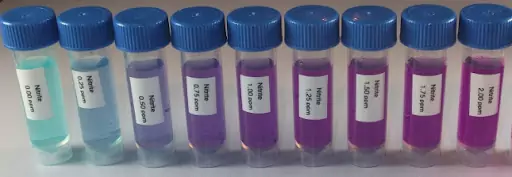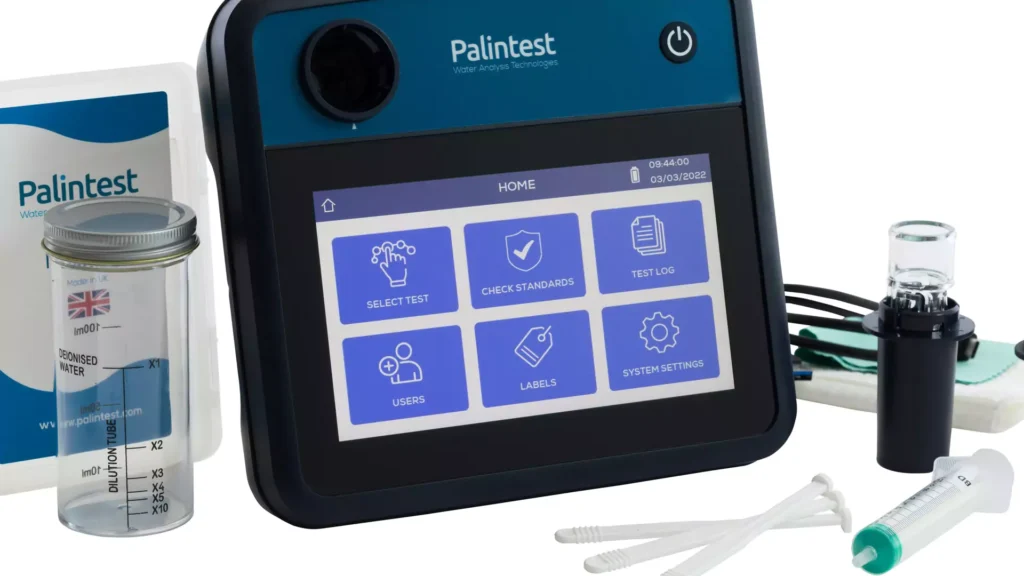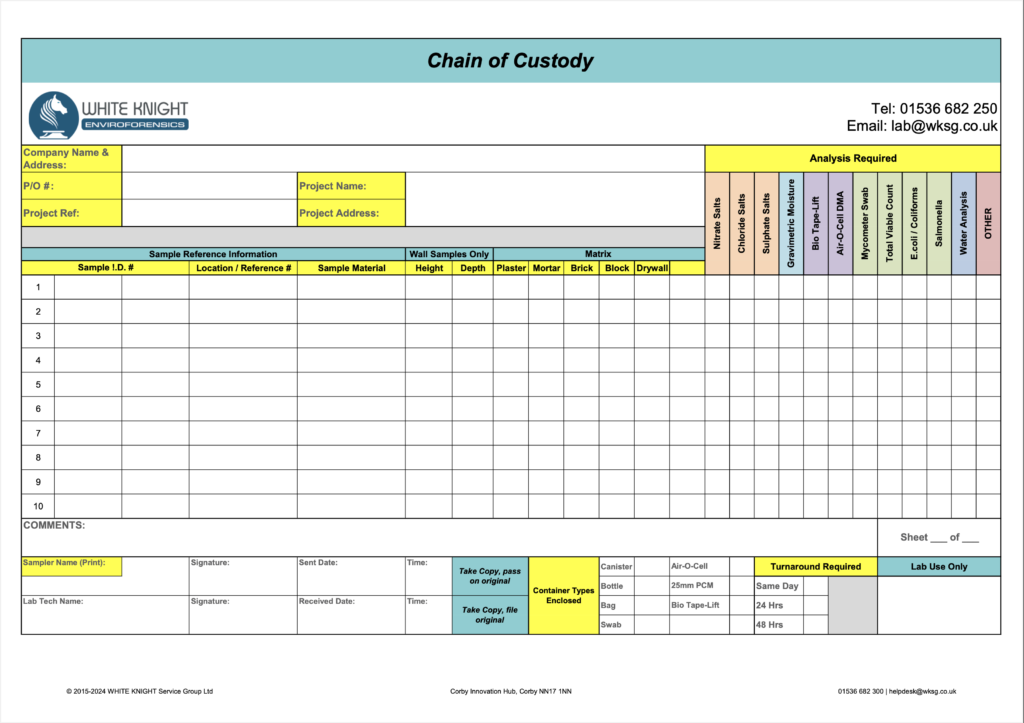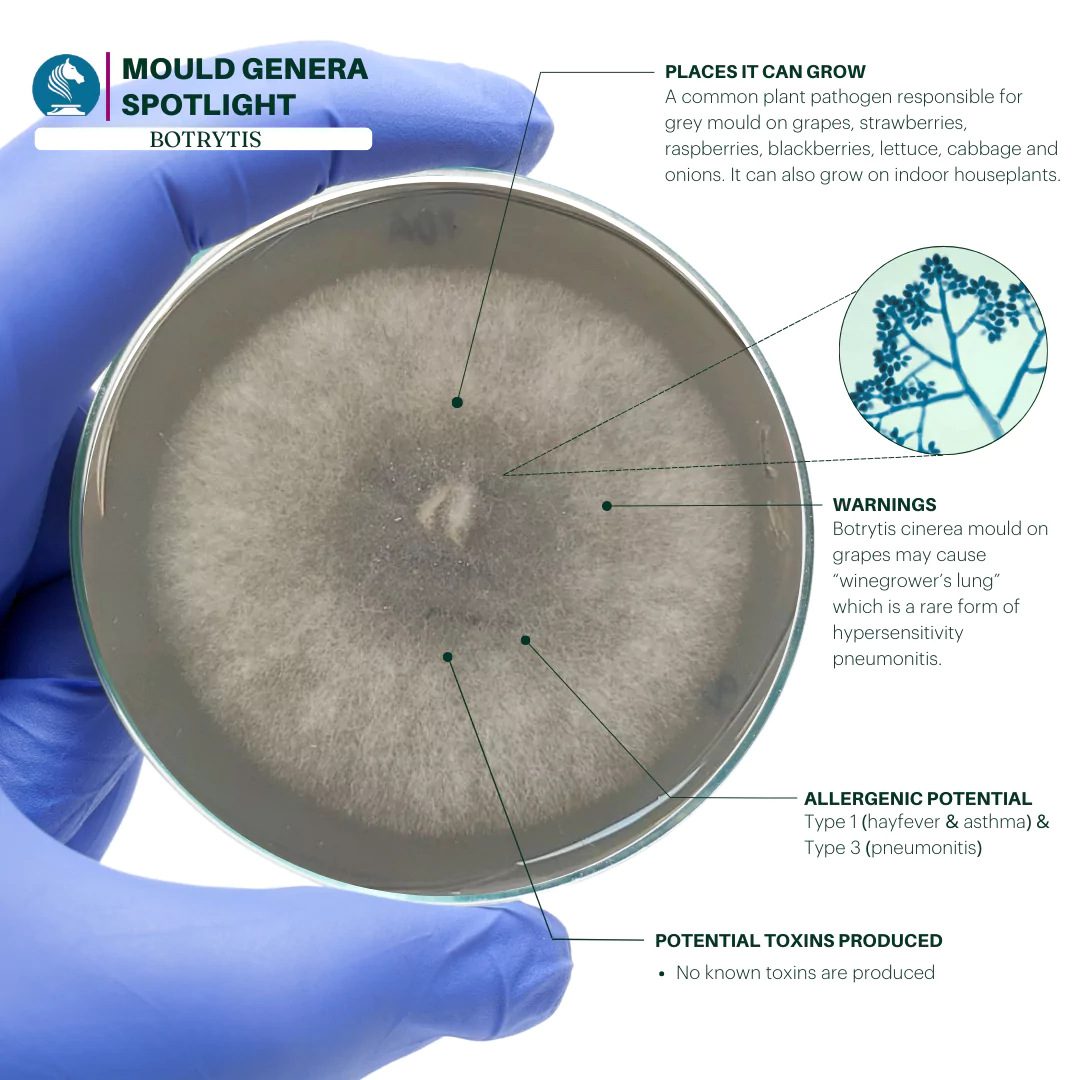
Scope

Many companies use colour changing solutions to determine the presence of Nitrates in a salts deposit sample collected from a damp wall or structure. The limitations are that the test is rarely accurate and is only a subjective view from the technician looking at the sample, in an uncontrolled environment. A photometric test for Nitrates on the other hand is a scientific and accurate measurement of the actual nitrates content in mg/L in the sample, using laboratory apparatus designed and calibrated for quantitative results, that are meaningful, accurate and reproducible.
Testing for Nitrates
Nitrates are typically present in natural water and drinking water and as a result they are also found in waste water. Nitrates enter water supplies from the breakdown of natural vegetation, the use of chemical fertilisers in agriculture and from the oxidation of nitrogen based compounds, in sewage effluents and industrial wastes. Nitrate analysis is an important control test for water supplies and helps restoration experts to confirm whether the salts deposits they collect on-site are from a drinking water supply leak, an EOW (Escape of Water), rainwater or water ingress from a ground source.
Drinking Water Standards
The maximum contaminant level (MCL) for nitrates in public drinking water supplies documented in the World Health Organisation (WHO) guidelines, as 50 mg/L. Drinking water is regulated by law in the UK to also contain a maximum level of 50 mg/L. An excessive amount of nitrate contamination above 50 mg/L NO3 or (11.3 mg/L N) generally eliminates the cause of water ingress to being solely due to a leak from the mains water supply, but does not rule it out as a contributing factor to structural water damage or damp materials.
Photometric Analysis
The ‘Palintest Nitratest’ provides a scientific test method for nitrate nitrogen over the range 0–20 mg/L N. Chromotropic acid reagent analysis can extend the range to 0–30 mg/L N or 0–150 mg/L NO3, when required. The Method Detection Limit of 0.65 mg/L is defined as the minimum measured concentration of a substance that can be reported with 99% confidence to be different from the method blank results. The Limit of Quantification of 2.08 mg/L is the smallest quantity that can be detected with reasonable certainty for a given analytical procedure.

Reporting
WHITE KNIGHT’s Enviroforensics laboratory can analyse your salts samples in 24 hours from receipt and provide a detailed report for just £55 + VAT. Samples can be shipped in a small plastic bag or container along with our Chain of Custody, available at wksg.co.uk/chain or email us at lab@wksg.co.uk for a copy.





